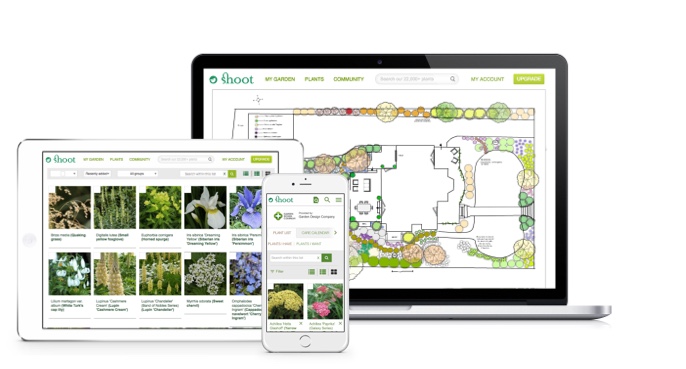Campanula rapunculoides (Creeping bellflower)
Other names: Rampion bellflower, Roving bellflower, European bellflower, Campanula tracheliodes, Campanula rhomboidalis, Rover bellflower
Species
C. rapunculoides is a vigorous, rhizomatous, deciduous perennial forming spreading clumps of edible, ovate to lance-shaped, toothed, dark green leaves and slender stems bearing racemes of nodding, bell-shaped, purple flowers in summer.
Season of interest
Flower | ||||
|---|---|---|---|---|
| Spring | Summer | Autumn | Winter | |
| Flower | ||||
Foliage | ||||
| Spring | Summer | Autumn | Winter | |
| Foliage | ||||
Height and spread
Height and spread | |||
|---|---|---|---|
| Size | Max height | Max spread | To maturity |
| 1.2 m | 0.9 m | 2-5 years | |
| 3 ft | 2 ft | 2-5 years | |
Where to grow
Check to see if this is the Right Plant, Right Place with ShootChecker™


/filters:strip_exif()/assets/plants/plant_31865/plant_31865_shoot_20220221224852.jpg)
/filters:strip_exif()/assets/plants/plant_31865/users/plant_31865_user_1656_20220221224946.jpg)
/filters:strip_exif()/assets/plants/plant_31865/users/plant_31865_user_1656_20220221225219.jpg)
/filters:strip_exif()/assets/plants/plant_31865/plant_31865_shoot_20220221224852.jpg)
/filters:strip_exif()/assets/plants/plant_31865/users/plant_31865_user_1656_20220221224946.jpg)
/filters:strip_exif()/assets/plants/plant_31865/users/plant_31865_user_1656_20220221225219.jpg)